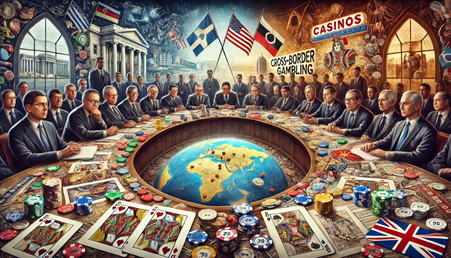Are non-aligned movements still relevant in today’s geopolitics?

Are non-aligned movements still relevant in today’s geopolitics?
by Sebastian 05:01pm Jan 03, 2025
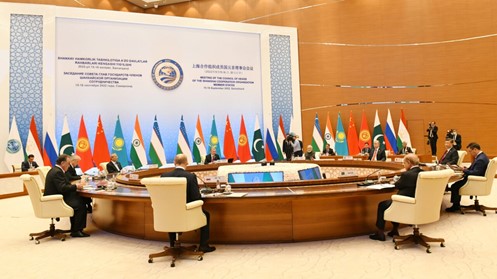
Are non-aligned movements still relevant in today’s geopolitics?
The Non-Aligned Movement (NAM), which was originally formed during the Cold War as a way for countries to avoid being caught in the rivalry between the U.S. and the Soviet Union, still has relevance today in contemporary geopolitics. However, the context in which NAM operates has changed significantly. The relevance of non-alignment today can be analyzed from various perspectives, considering the shifting global dynamics and the strategic choices of member states.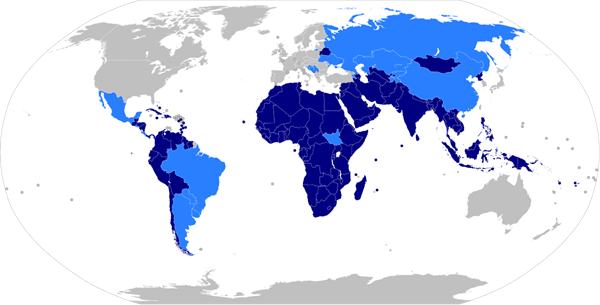
1. Historical Context of NAM
Cold War Origins:NAM emerged in the mid-20th century when many newly independent countries, particularly in Africa and Asia, sought to avoid being aligned with either the Western bloc (led by the U.S.) or the Eastern bloc (led by the Soviet Union). The movement aimed to promote peace, sovereignty, and cooperation among newly independent states.
Focus on Sovereignty and Independence: The core principle of NAM was maintaining political independence and sovereignty without aligning with any major power bloc.This principle was crucial during the Cold War when superpower rivalry had divided the world into two ideologically opposed spheres.
2. Relevance in the Post-Cold War Era
Multipolarity and Strategic Autonomy: In the post-Cold War world, where the unipolar dominance of the United States gradually gave way to a more multipolar international system, many countries still view NAM as a useful platform for promoting strategic autonomy. States like India, Indonesia, Brazil, and others in the Global South value NAM as a means to resist coercion from any major power and maintain sovereignty over their foreign policies.
Emerging Powers and Regional Influence: Emerging powers such as India, Brazil, and South Africa often leverage NAM to challenge global governance structures dominated by the West, including the United Nations Security Council, the World Bank, and the IMF. These countries, although not strictly non-aligned in their foreign policies, still find NAM useful for advocating for reforms and promoting the interests of the Global South.
3. Changing Global Dynamics: New Challenges
U.S.-China Rivalry:One of the key geopolitical dynamics of the 21st century is the growing rivalry between the United States and China. In this context, many NAM countries find themselves navigating this competition without fully aligning with either power. Instead, they seek to maintain neutrality or engage with both powers in ways that align with their national interests.
For example, India has deepened its relationship with the United States in areas such as defense, technology, and trade, but it has also maintained strong economic ties with China, even while expressing concerns over Chinese territorial expansion in Asia.
Economic and Security Dependencies: Many NAM members now face economic and security dependencies that limit their ability to stay completely non-aligned.Countries like Pakistan, Turkey, and Egypt have strategic partnerships with global powers, yet they still embrace NAM’s principles to assert their independence and negotiate with external actors on their own terms.
4. NAM’s Role in Global Governance and Reform
Advocacy for Reform of Global Institutions: One of the key areas where NAM continues to be relevant is in its advocacy for reforms in global governance institutions. The movement supports changes in the UN Security Council, where the current structure (especially the veto power held by the five permanent members) is viewed as outdated and unrepresentative of the modern geopolitical landscape.
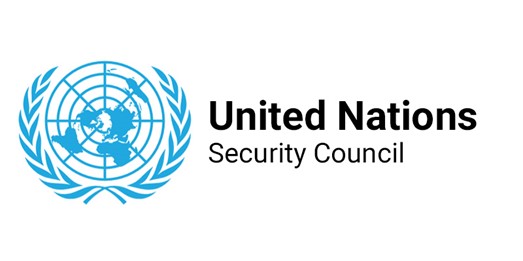
Global South Representation: NAM still plays a significant role in representing the interests of the Global South, focusing on issues such as climate change, sustainable development, economic inequality, and decolonization. It provides a platform for countries to speak in unison on issues that may otherwise be sidelined in the mainstream international discourse.
South-South Cooperation: NAM fosters South-South cooperation, facilitating trade, technology transfers, and political solidarity among developing countries. This has been particularly relevant in contexts such as the BRICS grouping, where countries like India, Brazil, Russia,China, and South Africa cooperate on a range of economic and security issues, often challenging the dominance of Western powers.
5. Relevance in Conflict Mediation and Peacebuilding
Promotion of Peace and Diplomacy: NAM has historically emphasized the importance of peaceful coexistence, conflict resolution, and diplomacy. In today's world, where conflicts like those in Syria, Yemen, and Ukraine are prominent, NAM countries often advocate for non-military solutions and peaceful negotiations, positioning themselves as neutral mediators in various international conflicts.
Neutral Role in Regional Conflicts: For example, Indonesia and Malaysia have played key roles in mediating peace talks in the Moro insurgency in the Philippines and in other regional conflicts in Southeast Asia. NAM countries often have the diplomatic flexibility to take a neutral stance, which is increasingly valuable in conflict resolution.
6. New Geopolitical Challenges and NAM’s Adaptation
Globalization and Economic Interdependence: While NAM was initially focused on avoiding military blocs, in today’s interconnected world, many member states are facing challenges related to economic interdependence, trade wars, and global supply chains. As economies become more integrated, NAM countries must balance their strategic autonomy with the demands of globalization. Many of these nations, while still promoting non-alignment, are finding that their economic and political interests are often tied to key global powers.
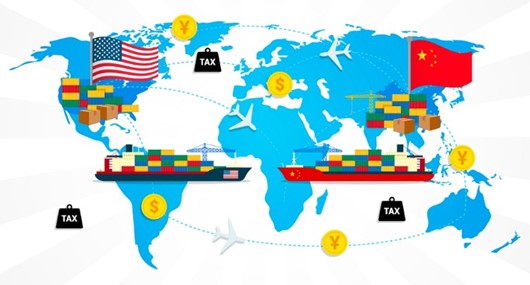
Technology and Cybersecurity: As technology and cybersecurity issues become central to global geopolitics, NAM countries are grappling with the implications of digital sovereignty, data privacy, and technological dependency. Emerging powers are increasingly emphasizing the need for international norms and regulations around new technologies, advocating for a fairer digital economy that doesn’t favor the West.
7. Challenges to NAM’s Cohesion and Unity
Fragmentation Within NAM: One of the challenges facing NAM today is the internal fragmentation within the movement. Some member states have increasingly aligned themselves with global power blocs or have become more involved in regional security organizations, such as NATO, the Shanghai Cooperation Organization (SCO), or the G7. This fragmentation sometimes dilutes the movement’s impact in global forums.
Diverse National Interests: The interests of NAM countries are not always aligned. For instance, India may prioritize strategic partnerships with the U.S. and a robust defense posture against China, while Brazil might emphasize soft power and regional cooperation in Latin America. This diversity, while a strength in terms of representing a wide range of countries, also presents challenges in presenting a united front on major global issues.
8. Influence of Non-Aligned Movements in the 21st Century
Political Significance: While NAM may no longer have the same level of political influence as it did during the Cold War, it still provides a platform for smaller and medium-sized countries to assert their voices in a world increasingly dominated by major powers. NAM allows countries to pursue independent foreign policies, ensuring their sovereignty in a globalized and interconnected world.
Emerging Platforms for Non-Aligned Diplomacy: While NAM itself remains a key player for many of its members, countries are increasingly participating in newer groupings like BRICS, the G20, and the Group of 77 (G77), which promote the interests of emerging economies in global governance.
Conclusion
The Non-Aligned Movement (NAM) continues to be relevant in today's geopolitics, albeit in a different context from its Cold War origins. Its core principles of sovereignty, strategic autonomy, peaceful coexistence, and South-South cooperation remain significant for countries in the Global South. However, the evolution of global power structures, the rise of new geopolitical challenges, and the shifting strategic priorities of NAM countries mean that its role is now more about advocacy, global governance reform, and diplomatic flexibility rather than a strict policy of non-alignment. While the movement may not wield the same influence as during the Cold War, it still provides a vital platform for the collective voice of developing countries in shaping the global order.






